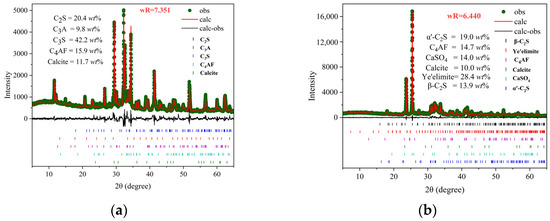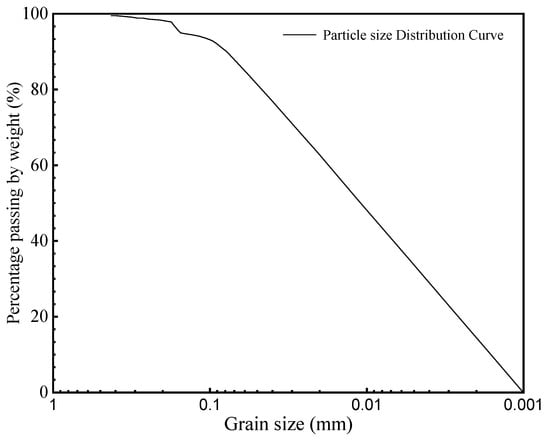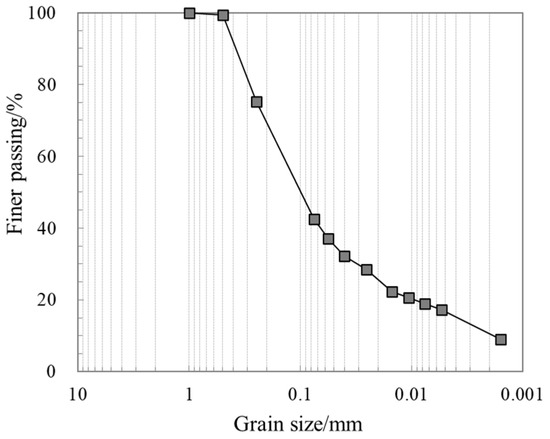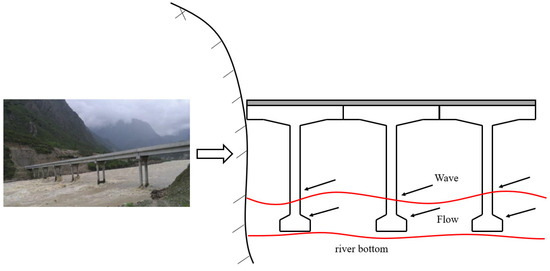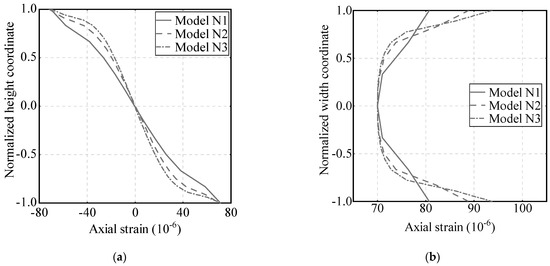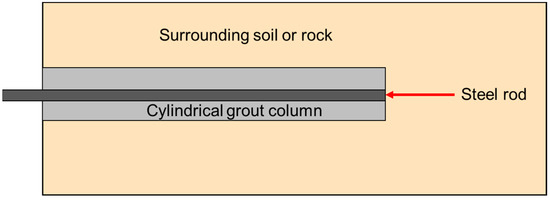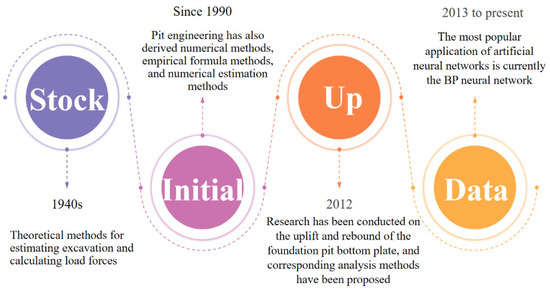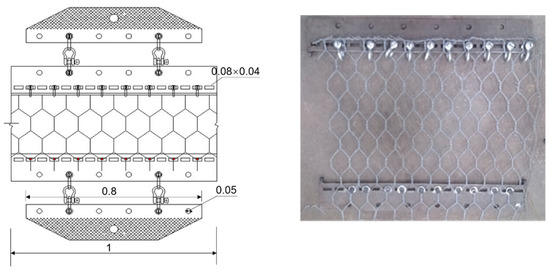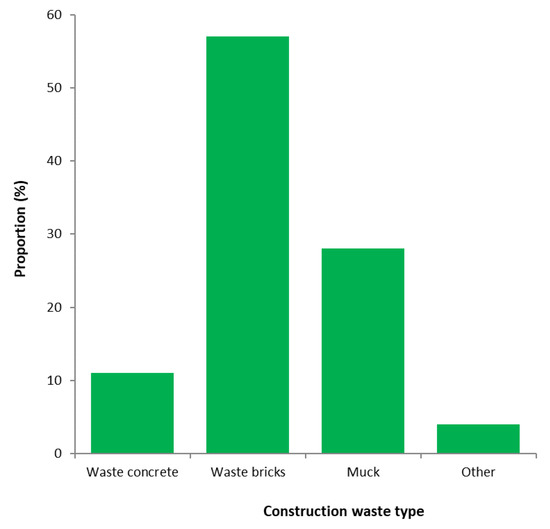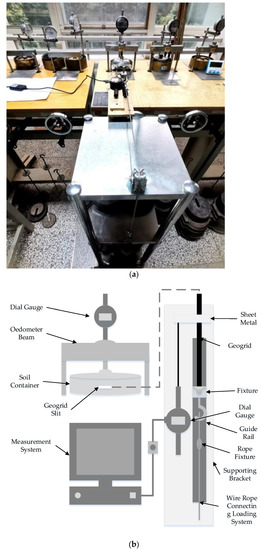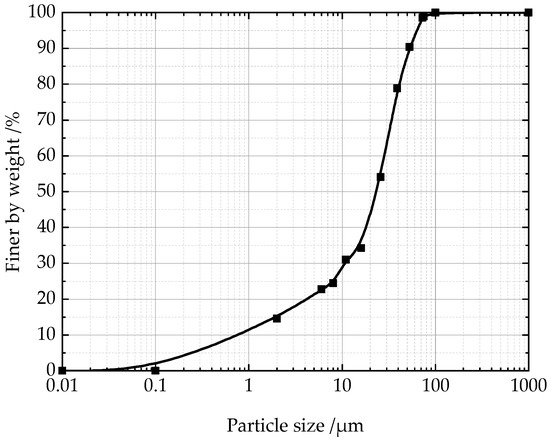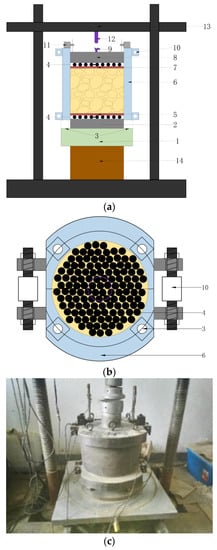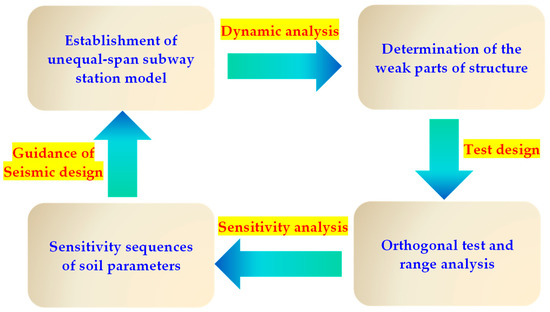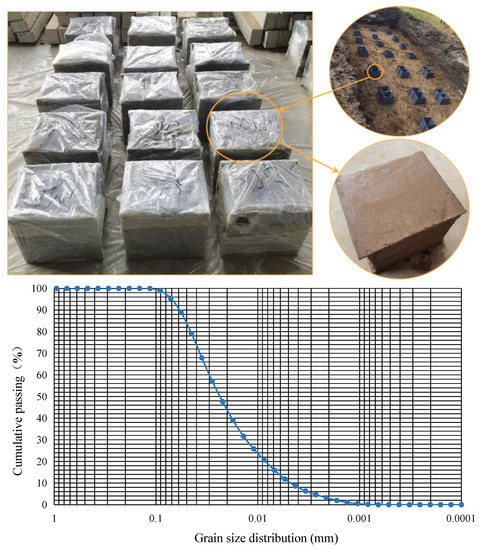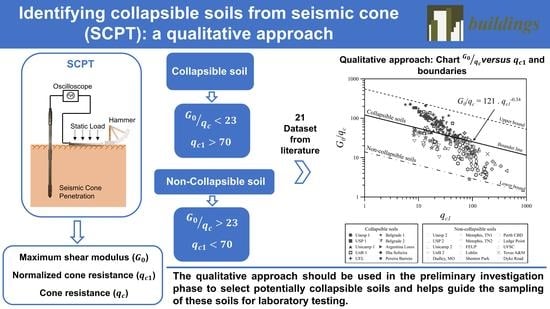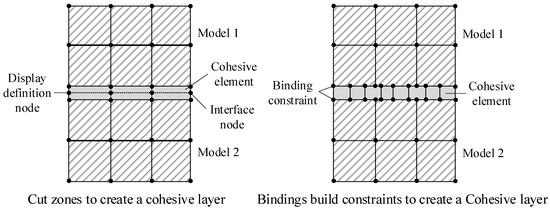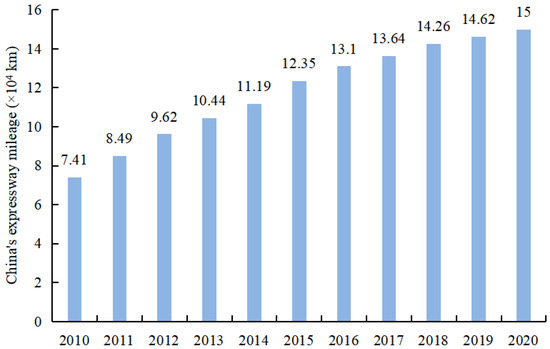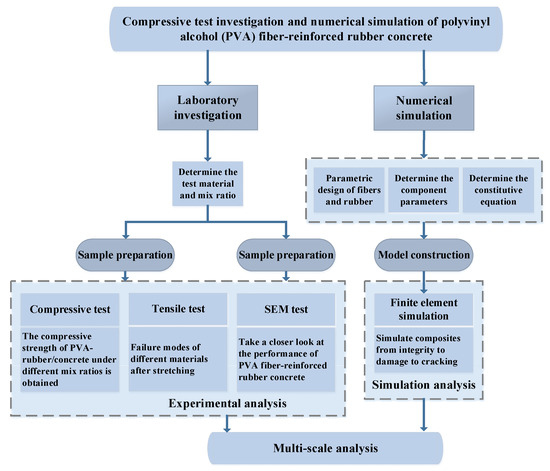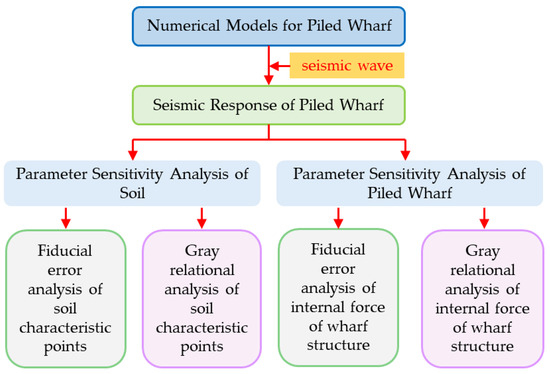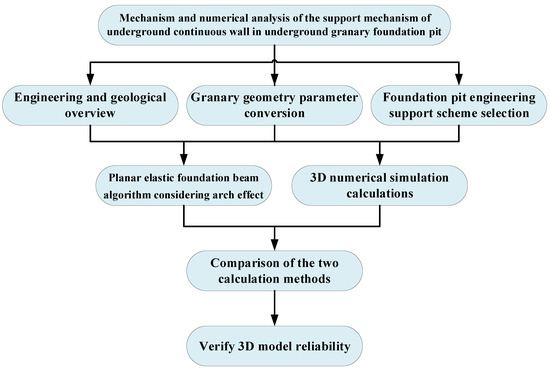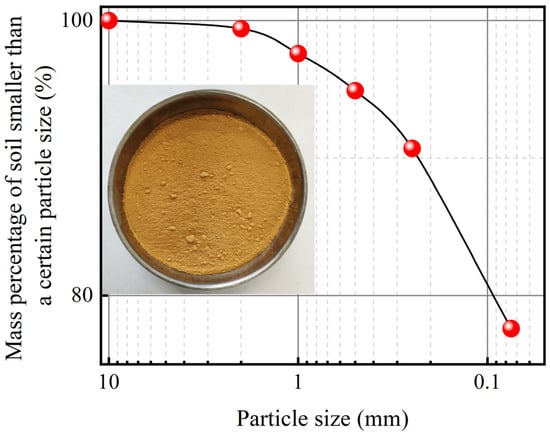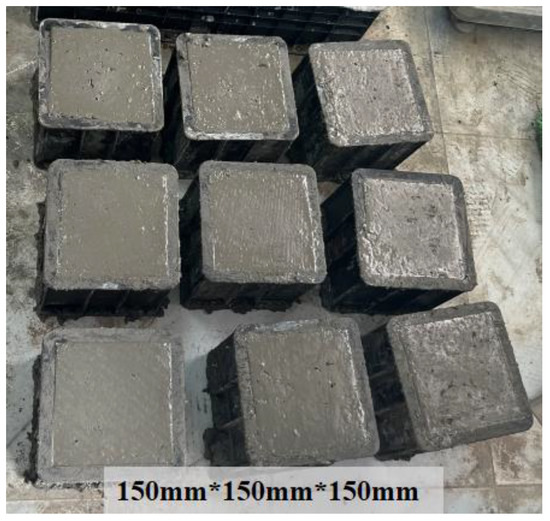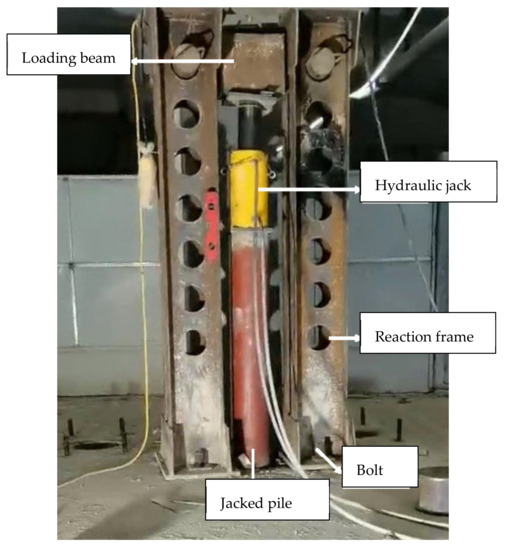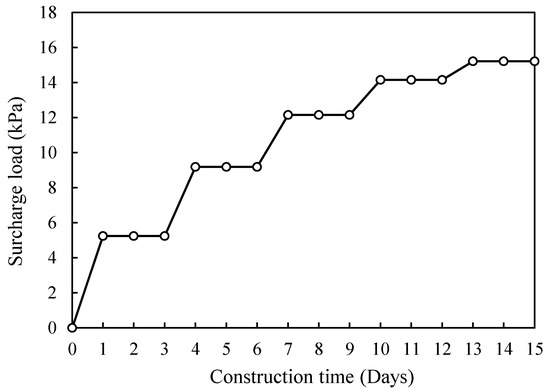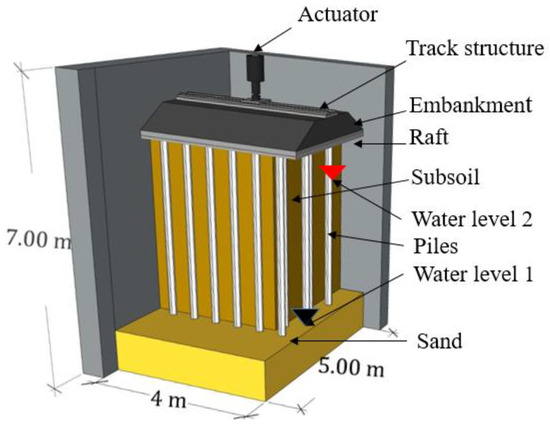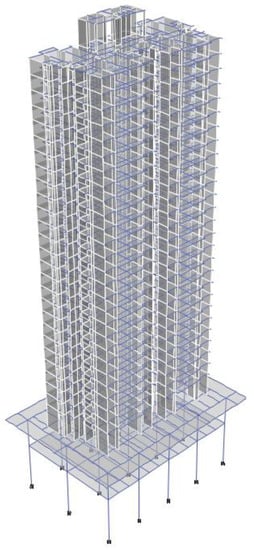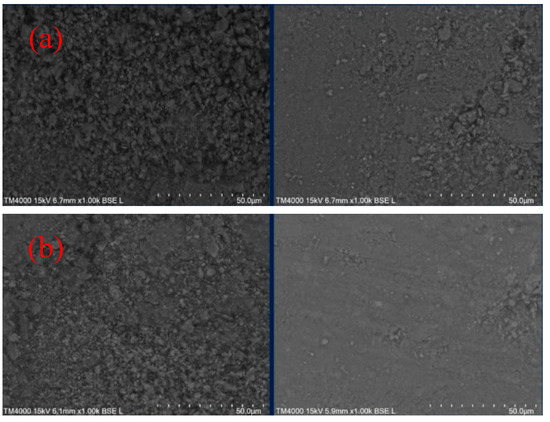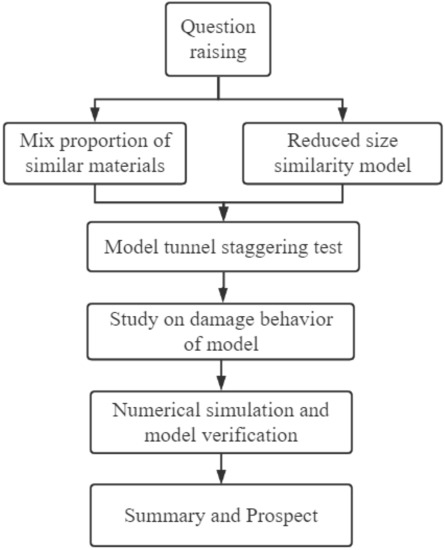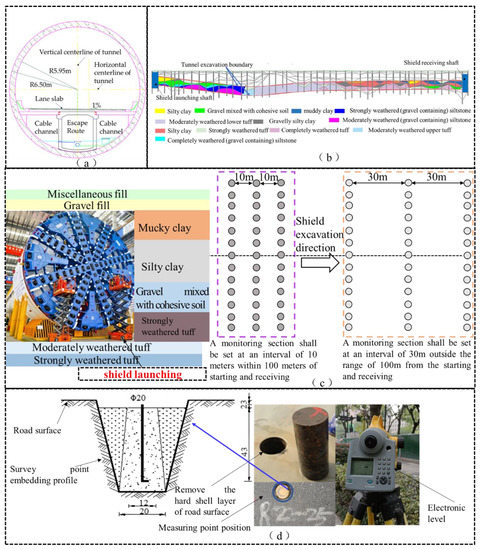Innovation of Materials and Technologies in Civil Construction
A topical collection in Buildings (ISSN 2075-5309). This collection belongs to the section "Building Materials, and Repair & Renovation".
Viewed by 49796Editors
Interests: building materials; pile–soil interaction; tunnelling engineering; reinforced soil; transparent soil
Interests: engineering geology; building materials; environmental geotechnics
Interests: engineering geology; geotechnical engineering; multifield coupled modeling; environmental geotechnics; frozen soil; soil improvement
Special Issues, Collections and Topics in MDPI journals
Topical Collection Information
Dear Colleagues,
In recent years, tunnel construction and technology have developed rapidly. In tunnel construction in underwater, high cold and high-altitude areas, due to complex geological conditions and other challenges, high-performance new materials and new technologies such as sea crossing shield are needed. Compared with tunnels constructed using a tunnel boring machine (TBM) and drilling and blasting method under good geological conditions, due to the difficulty of construction, tunnels in these extreme environments face complex problems, such as super large diameter tunnel construction technology in high-intensity areas, slurry treatment and waste soil recycling of slurry shield tunnels, large diameter high-speed railway shield tunnel construction technology in sensitive areas, ultra-shallow buried, environment-friendly tunnel construction technology and materials, etc. Therefore, further research is needed to solve the problems related to new materials and technologies in order to improve the construction of tunnels.
This Topical Collection aims to publicize the speculation and development of new materials in tunnels, as well as important technical applications, such as high water tightness materials, ductile concrete, joint sealing rubber, and corresponding applications and construction technologies. This Topical Collection welcomes and invites original research and review articles on the application and construction of new tunnel materials.
Prof. Dr. Bingxiang Yuan
Dr. Yong Liu
Dr. Xudong Zhang
Dr. Yonghong Wang
Collection Editors
Manuscript Submission Information
Manuscripts should be submitted online at www.mdpi.com by registering and logging in to this website. Once you are registered, click here to go to the submission form. Manuscripts can be submitted until the deadline. All submissions that pass pre-check are peer-reviewed. Accepted papers will be published continuously in the journal (as soon as accepted) and will be listed together on the collection website. Research articles, review articles as well as short communications are invited. For planned papers, a title and short abstract (about 100 words) can be sent to the Editorial Office for announcement on this website.
Submitted manuscripts should not have been published previously, nor be under consideration for publication elsewhere (except conference proceedings papers). All manuscripts are thoroughly refereed through a single-blind peer-review process. A guide for authors and other relevant information for submission of manuscripts is available on the Instructions for Authors page. Buildings is an international peer-reviewed open access monthly journal published by MDPI.
Please visit the Instructions for Authors page before submitting a manuscript. The Article Processing Charge (APC) for publication in this open access journal is 2600 CHF (Swiss Francs). Submitted papers should be well formatted and use good English. Authors may use MDPI's English editing service prior to publication or during author revisions.
Keywords
- building materials
- tunnelling engineering
- pile foundation
- reinforced soil
- model test
- environmental geotechnics
- geotechnical testing








